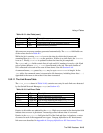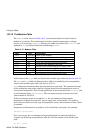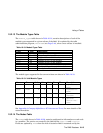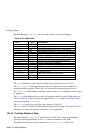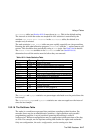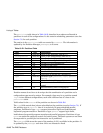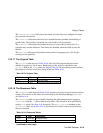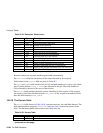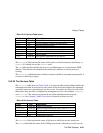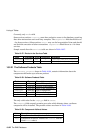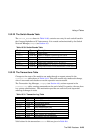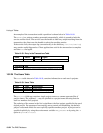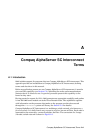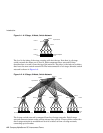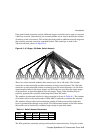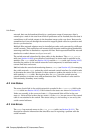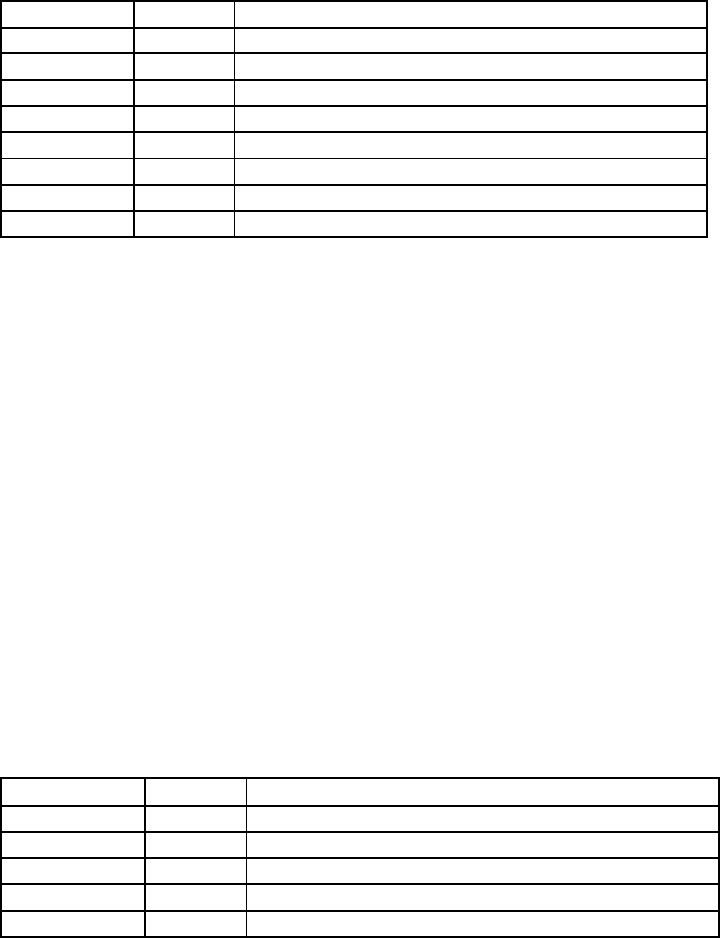
Listing of Tables
Table 10.25: Servers Table (cont.)
Field Type Description
hostname char(16) host on which the daemon is running
port int IP port number to bind to for this server
pid int process ID of the server
rms 0 | 1 where daemon is an RMS server (1) or not (0)
startTime int time at which the daemon was started
autostart 0 | 1 where daemon starts automatically (1) or not (0)
status char(8) server status
args char(32) site-specific arguments for the server
The hostname field contains the name of the node on which the daemon should run, or
rmshost if it should run on the rmshost node.
The rms field specifies whether the server is an RMS daemon or a conventional UNIX
daemon. This controls the method used to determine whether or not the process is
running.
The autostart field determines whether a daemon should be restarted automatically if
it exits or is killed by a signal.
10.2.20 The Services Table
The services table shown in Table 10.26, is an internal table used by RMS to define the
command to execute for each service, the names of the hosts that support the command
and which users have permission to use the service. It contains one entry for each of the
RMS clients that provides a configuration management service (for example, rmsquery
and rcontrol). The entries are created by the table admininstration program,
rmstbladm. See Chapter 5 (RMS Commands) for details of these services.
Table 10.26: Services Table
Field Type Description
name char(16) name of the service
hostname char(16) host on which the service runs, such as rmshost
group char(8) group(s) with access to the service
sequential 0 | 1 commands must wait for this command to finish
cmd int command to execute
The hostname field contains the name of the host on which the service should run.
The group field holds the name of the UNIX group which is allowed to run this service.
The RMS Database 10-21



